New Zealand’s South Island is a place of small rural towns. Sure, we have a few cities. Christchurch, for instance, with a population of 380,000, is the country’s second-biggest metropolis.
Dunedin, one of the world’s most southerly municipalities, is a university city infused with the culture of the Scottish settlers who arrived here in the 1860s. With a population of 53,000, Nelson basks in the sunshine at the top of the island and has the honor of being known as New Zealand’s sunniest city. Even Timaru, a port in South Canterbury on the island’s eastern coast, manages to scrape in as a city with its population of 30,054.
There are a handful of towns with populations of around 20,000 scattered around the South Island.
But for the most part, the island’s inhabitants live in little towns, compact villages, and tiny localities spread across its vast expanses of farmland, forests, mountains, and plains.
The small towns of the South Island are a perfect way to experience the unique culture and people of rural New Zealand.
So here are some examples of these little big towns that you can visit on your trip.

Geraldine: Coffee Culture
I come from Geraldine. Someone had to.
While New Zealand has produced a few famous characters, Edmund Hillary, Ernest Rutherford, and Russell Crowe, for instance, my little town has remained resolutely unencumbered with notables. Nestled against the gentle curves and hummocks of The Downs, on the southwestern corner of the Canterbury Plains, Geraldine is a farm town, a tourist town, and, increasingly, a retirement town.
I was born here. I grew up here. I wandered the world for a long time and then I returned to live here in nineteen ninety-four. And I still live here.
The streets of this town are as familiar to me as the lines on my hands; as familiar as the faces of our daughters. This is my place in the world. I belong here.
Geraldine lies on State Highway 79, the main route south from Christchurch, whose international airport is the South Island’s main tourist gateway.
The highway takes you through the MacKenzie Country, with its three turquoise-blue glacial lakes, past Aoraki/Mount Cook National Park and over the Lindis Pass to Wanaka, the Clutha Valley ultimately, Queenstown.
Geraldine caters to the endless stream of visitors passing through with a selection of excellent cafes including Café Verde, Barkers Foodstore and Eatery, and my favorite New Zealand café, The Running Duck.
With a population of just over 2,000 people, Geraldine is compact enough to walk around. The town has a large community of artists and craftspeople and several galleries are featuring the work of local artisans.
In summer, the Geraldine Farmers’ Market takes place on the grounds of the lovely St. Mary’s Anglican Church where, incidentally, my parents were married, my brother and I were christened, and where, in turn, both of our daughters were christened as well.
Talbot Forest, which cloaks the eastern flanks of The Downs with thick, green rainforest has some lovely bush walks and you can stroll along the Waihi River, which bisects the town.
A little further afield, there is the spectacular Rangitata Valley with its epic backdrop of mountains and in the gorges of the Te Moana and Waihi Rivers, you can find superb summer swimming holes.
The Geraldine Domain has a collection of massive oak trees planted to commemorate the end of wars and the coronations of kings. Nearby, the Geraldine Swimming Pool features a superb mural by Japanese mural artist Koryu Aoshima.
In fact, Geraldine has some wonderful examples of wall art ranging from the haunting WW1 painting on the Returned Services building to a quirky collection of old brand name posters on the wall of the Berry Barn Bakery. So, grab a takeaway latte from your chosen café and go for a wander around this lovely town of coffee and culture.

Fairlie: Gateway to the High Country
The vast swathe of tussock-clad mountains buttressing the eastern side of the Southern Alps is known as the South Island High Country. This wild landscape of steep-sided hills and wide river valleys is the land of the merino.
These hardy sheep produce some of the world’s best fine wool and the flocks are tended by equally hardy shepherds.
The town of Fairlie sits beside the Opuha River, in the shadow of the Two Thumb Range and the Hunter Hills. Originally known as Fairlie Creek, the town has a long history of big snows, droughts, sheep stealers, and trains. The Fairlie Flyer was a steam train that connected Fairlie with the port at Timaru until the late 1960s.
There is an interesting museum in one of the old railway buildings that feature memorabilia from steam. The nearby Fairlie Machinery Museum features working examples of the farm machinery that made agriculture in the Fairlie Basin possible.
Fairlie is a farming town, populated by sheep shearers, stock agents, truck drivers, and people who work to support the rich farmland of the surrounding area.
On the town’s main street you will see muddy farm trucks laden with teams of sheepdogs and stock trucks loaded with sheep or cattle bound to or from the local stations (large farms).
Its two pubs – known as The Top Pub and The Bottom Pub – are the hangouts of thirsty shearers, fencing contractors, musterers (shepherds), and tractor drivers. In both joints, you can be guaranteed a warm welcome, a big feed, and a game or two of pool with the locals.
In addition to the pubs, the Fairlie Bakehouse produces meat pies that are famous throughout New Zealand. For coffee-lovers (like me), Eat Café is a more sophisticated hangout than the local pubs and you can sit outside and watch the rural life of Fairlie going on over the rim of your latte bowl.
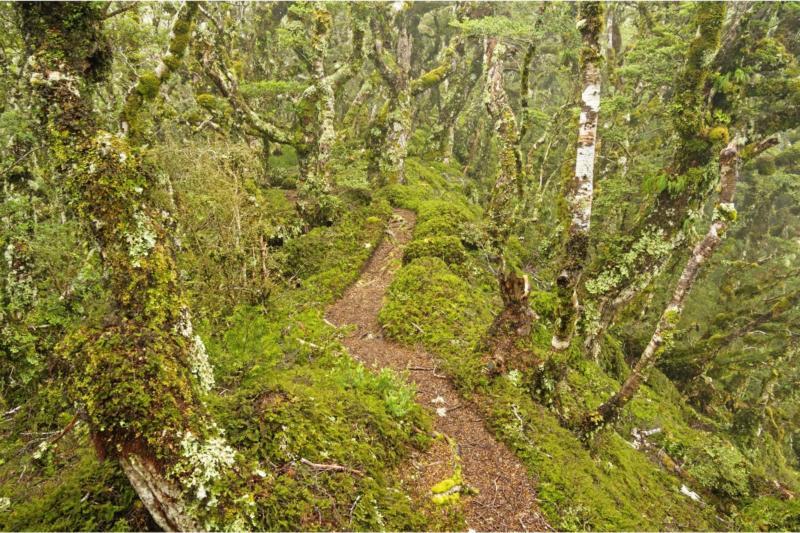
Tuatapere: The End of the World
Tūātapere (pronounced “too-ah-tap-erry”) lies in the shadow of the Fiordland ranges on the bottom edge of the South Island. This is as far south as you can go by road.
From here on, if you want to go any further south-west, you have to walk. The Hump Ridge Track, one of New Zealand’s Great Walks, begins near Tūātapere and the town is the jumping-off point for hikers starting or finishing this track.
The sluggish Waiau River, framed with dense groves of flax, borders the southern edge of the town. Pyramids of newly-felled logs stand in timber yards on the main road.
A forestry town, Tūātapere has the look and feel of an outpost: the last bulwark of civilization on the edge of Fiordland.
Surprisingly, Tūātapere bills itself as “The Sausage Capital of Southland”, an odd claim to fame given its isolation. Whether or not you feel like sampling the town’s sausagey fare is up to you.
However, Tūātapere’s single main street has a couple of great cafes including The Hungry Hippo where you can sample the Bluff oysters that this part of New Zealand is famous for. In the local pub, you’ll meet a cross-section of craggy locals who work in forestry, fishing, and farming.

Reefton: Green and Gold
At first glance, the town of Reefton, population 972, seems like a town that is dying. Hidden away at the head of the Inangahua Valley in the north-eastern corner of Westland, the town’s timber bungalows, laid out on a grid of wide streets, seem to be slowly subsiding into the wet, West Coast soil. Tendrils of yellow-brown coal smoke drift from the chimneys into the cold, frosty air.
The shops and buildings along Broadway, the town’s main street, are lop-sided and tatty. After dark on a winter’s day, the streets are empty.
But first impressions are always deceiving. Reefton is, in fact, a thriving and prosperous place.
Built on the fortunes created by gold mining and timber milling, these days Reefton is the center of a rich dairy-farming region. Gold is still mined in the nearby hills and tourists flock to the town to explore its fascinating mining and milling history.
In its heyday during the late 1800s and early 1900s, Reefton had all of the swagger and energy of a boomtown. It was the first town in New Zealand (and, indeed, the Southern Hemisphere) to have electric street lighting.
It boasted several newspapers, four dance halls, and several grand hotels. Indeed, the town’s name is a contraction of Reef Town, a reference to the reefs of quartz stone in which the rich veins of gold that made the town’s fortune were found.
At Waiuta, a few kilometers south-east of Reefton, you can wander around in the remains of a large goldfield and its associated ghost town. The mine operated until the 1950s when a collapse and subsequent flooding forced its closure.
Many of the mine buildings and homes are still there, left as relics when the workers left.
Reefton’s two pubs each offer a different clientele experience. If you want to hang out with miners in orange overalls and hi-viz clothing, the Reefton Hotel is the place to go.
Across the street, Dawson’s Hotel is a more salubrious joint where you can get a pint of Monteith’s beer (brewed in nearby Westport) and enjoy a steak that would satisfy a woodsman beside the roaring fire. For an authentic Kiwi feed, Shazza’s Fish and Chips, a few doors up from Dawson’s, will supply you with all the grease, salt, and fat you require, wrapped up in newspaper and served with a smile.
You should start every adventure with a coffee, and while you are in Reefton, the Reef Cottage Café is the place to go for your daily caffeine fix.
You can get poached eggs on toast, various muffins, and scones, and an exceptional latte which you can sip beside, what else, a cheery fire of hot coals blazing beneath a mantlepiece of carved native timber.
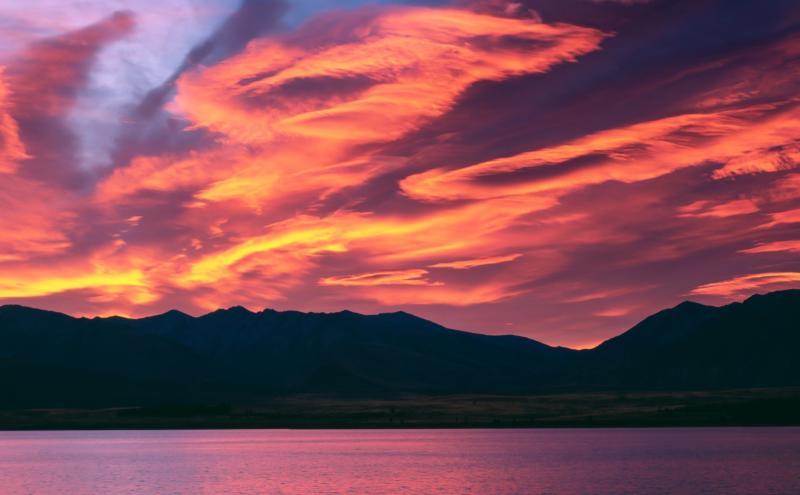
Little Big Towns
New Zealand’s South Island has often been described as “a continent in miniature.” With its shining sand beaches, its spine of glaciated mountains, its rainforests, tussocky hills, and rich arable plains, the South Island offers visitors a myriad of landscapes to explore.
And in the island’s small rural communities, you will be introduced to the laid-back, friendly and open attitude that New Zealanders are famous for.
But don’t just take my word for it. Come and see the South Island for yourself.
Come and experience the real New Zealand in the little big towns of the South Island.

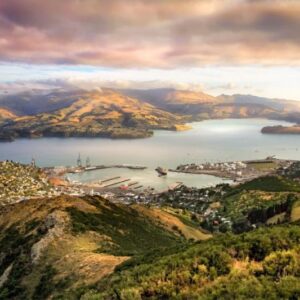
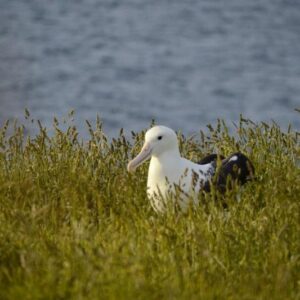

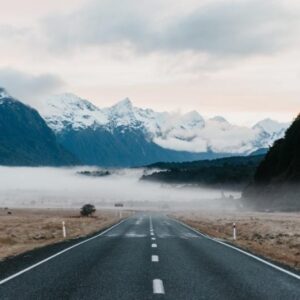
Leave a Reply